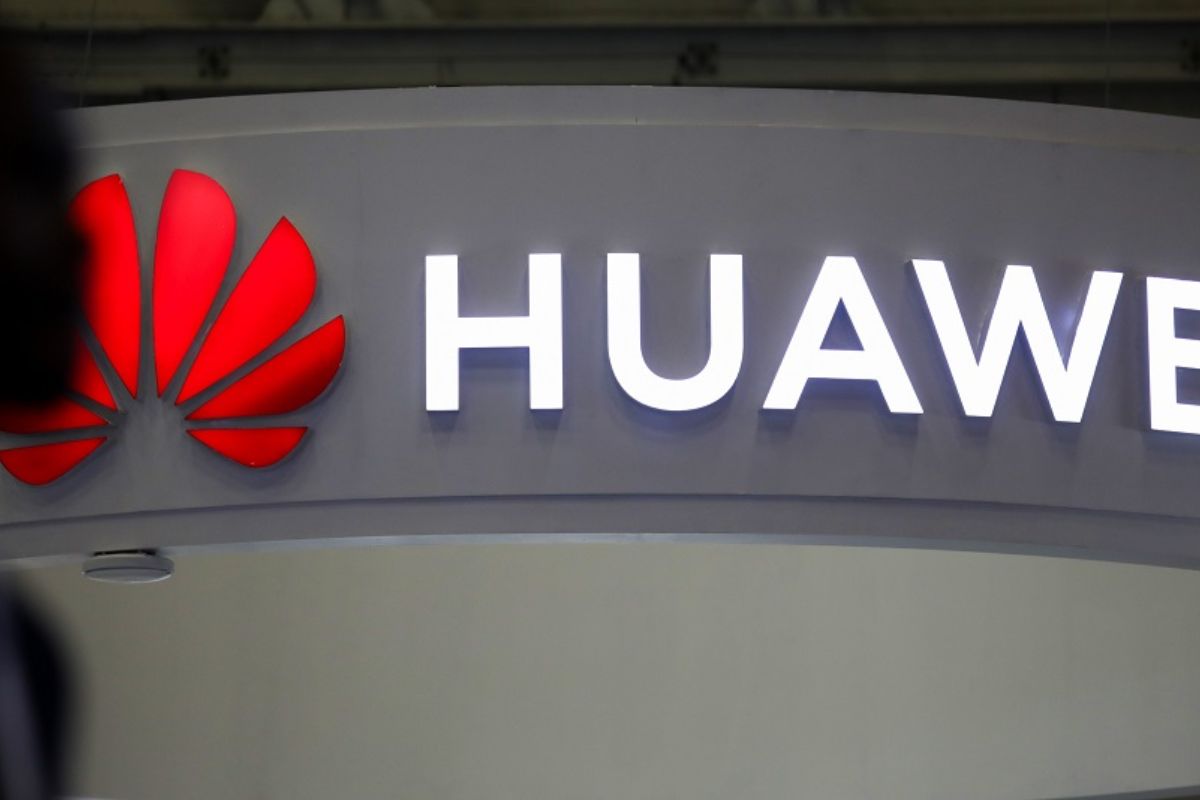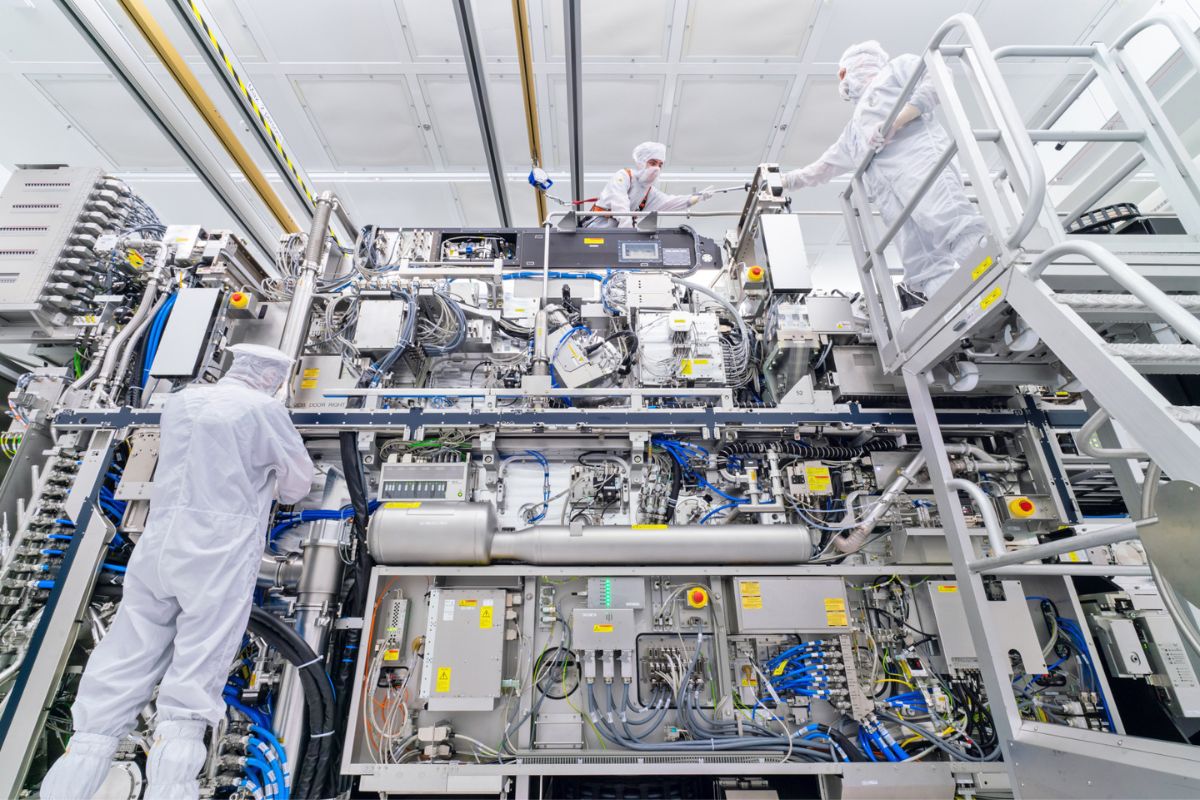US Officials Grapple: As the U.S. gears up to allocate a substantial $30 billion for AI chip subsidies, officials find themselves at a crossroads of monumental significance.
With TSMC‘s dominant presence in the market and the uncertainties surrounding its involvement, coupled with Intel’s ambitious turnaround plan amidst formidable challenges, the decision-making process becomes increasingly complex.
The implications of these choices go far beyond mere financial considerations, delving into the core of national security and technological supremacy.
In a landscape where every move is scrutinized, the path chosen by officials could pave the way for a new era of innovation or potentially lead to unforeseen consequences.
U.S. Allocates $30 Billion for AI Chip Manufacturing Subsidies
The U.S. government’s bold decision to earmark nearly $30 billion for AI chip manufacturing subsidies signifies a strategic leap towards securing a prominent position in the global semiconductor industry. This move demonstrates a clear understanding of the critical role that AI chips play in shaping the future of technology and national security. By investing heavily in advanced semiconductor manufacturing, the U.S. aims to reduce its reliance on foreign suppliers and bolster its domestic capabilities in cutting-edge technologies.
This substantial investment not only reflects a commitment to fostering innovation and competitiveness but also underscores the urgency of maintaining leadership in AI development. With the rapid evolution of AI technologies, the allocation of these subsidies becomes a crucial factor in determining the future landscape of the semiconductor industry. The U.S. government’s proactive approach in supporting AI chip manufacturing will not only stimulate economic growth but also strengthen its position as a key player in shaping the trajectory of technological advancements globally.
Also Read: Nvidia’s China-Focused AI Chip Aims to Rival Huawei’s Ascend 910B
TSMC’s Role and Uncertainties
Amidst the burgeoning landscape of AI chip manufacturing, TSMC’s strategic decisions and hesitations regarding advanced technology deployment in the United States spark uncertainties in the industry’s trajectory. As a global powerhouse in chip production, TSMC plays a pivotal role in shaping the future of AI technology.
However, the company’s reluctance to commit to bringing its most cutting-edge technology to U.S. soil raises concerns about the nation’s position in the AI chip race. While TSMC caters to tech giants like Nvidia, AMD, Microsoft, and Google from its Taiwan headquarters, the ambiguity surrounding the timeline for implementing advanced manufacturing processes in the U.S. leaves industry experts and officials questioning the firm’s dedication to the American market.
With plans for 3-nanometer production in Arizona not expected until 2027 or 2028, doubts linger about TSMC’s full embrace of the U.S. as a hub for innovation. This uncertainty underscores the need for clarity and decisive action to secure America’s foothold in the AI chip sector.
Intel’s Turnaround Plan and Challenges
Strategizing to reclaim its manufacturing edge in the fiercely competitive AI chip sector, Intel faces formidable challenges in executing its turnaround plan under the CHIPS Act funding. The company, once a dominant force in semiconductor manufacturing, now finds itself playing catch-up to industry leader TSMC.
Intel’s ambitious goal to revamp its manufacturing processes in the U.S. hinges on the success of its turnaround plan. However, uncertainties loom large over Intel’s ability to deliver cutting-edge technology that can rival TSMC’s advanced capabilities.
The allocation of a substantial portion of the CHIPS Act funding to Intel is a bold gamble on the company’s capacity to reinvent itself and emerge as a frontrunner in AI chip production. The outcome of Intel’s efforts will not only shape its own future but also influence the landscape of the semiconductor industry, determining whether it can regain its former glory and secure a pivotal role in powering the AI revolution.
News In Brief
US commits $30 billion for AI chip subsidies, aiming for semiconductor industry leadership. TSMC’s strategic decisions and delays in deploying cutting-edge tech in the US raise concerns about its commitment. Intel, receiving a significant portion of CHIPS Act funding, faces challenges in its ambitious turnaround plan to compete with TSMC. The allocation decision holds critical implications for national security and technological supremacy, shaping the future of the semiconductor landscape. The US government’s proactive investment seeks to reduce reliance on foreign suppliers and propel domestic innovation in AI chip manufacturing.



